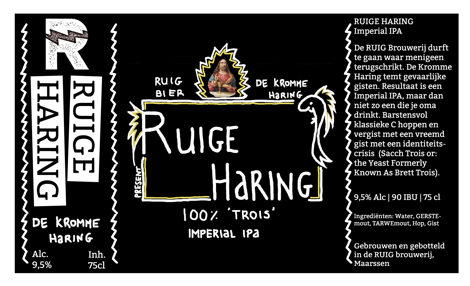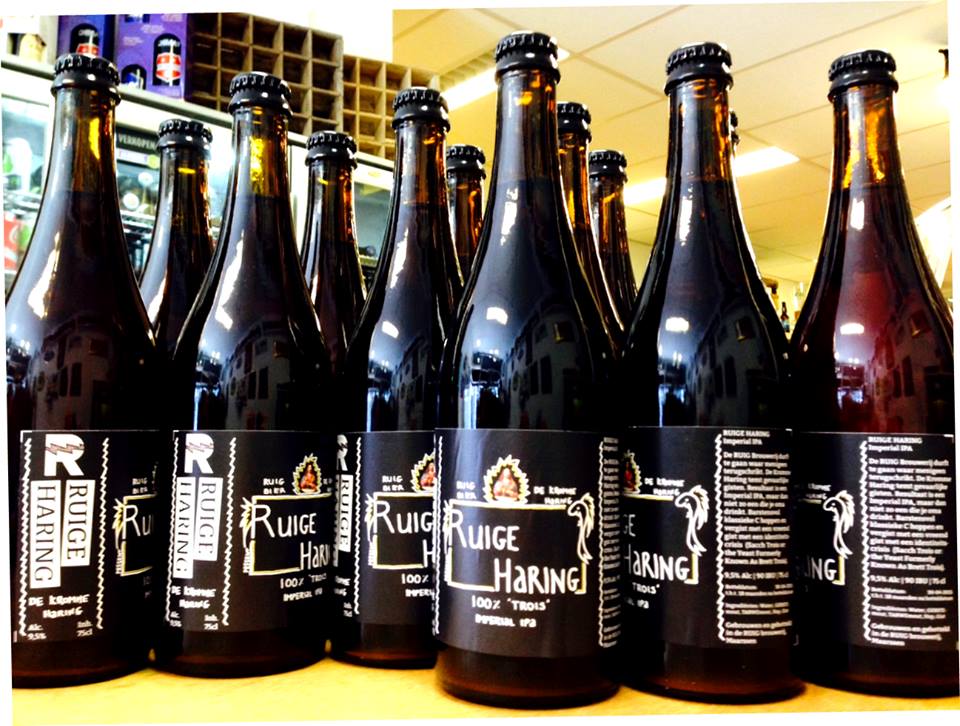Beerknuckled
New Member
- Joined
- Jun 15, 2015
- Messages
- 3
- Reaction score
- 0
I used this in conjunction with Cali IV in a hopped-up saison-style brew, all-grain, which I dipped into during high krausen in order to krausen a previous saison brew for bottle carb (primary on that: WL Belgian blend). After a week of krausen carbing, a pellicle formed in bottle--which had me sweating, as the bottled batch was my first homebrew. I tasted a bottle, though, and it was spot on...minus enough CO2, of course.
Interestingly, while a pellicle is floating in bottle (doesn't look fluffy enough to warrant ID of krausen in bottle neck) no pellicle has formed in primary carboy. The primary showed krausen, and put off strong tropical fruit notes before the Cali IV sulfur kicked up. Weird, magical, mutant strain. I like it.
Interestingly, while a pellicle is floating in bottle (doesn't look fluffy enough to warrant ID of krausen in bottle neck) no pellicle has formed in primary carboy. The primary showed krausen, and put off strong tropical fruit notes before the Cali IV sulfur kicked up. Weird, magical, mutant strain. I like it.














































![Craft A Brew - Safale BE-256 Yeast - Fermentis - Belgian Ale Dry Yeast - For Belgian & Strong Ales - Ingredients for Home Brewing - Beer Making Supplies - [3 Pack]](https://m.media-amazon.com/images/I/51bcKEwQmWL._SL500_.jpg)













